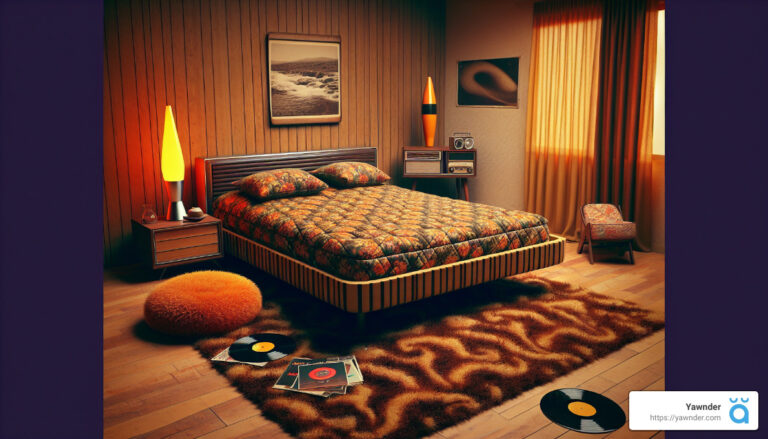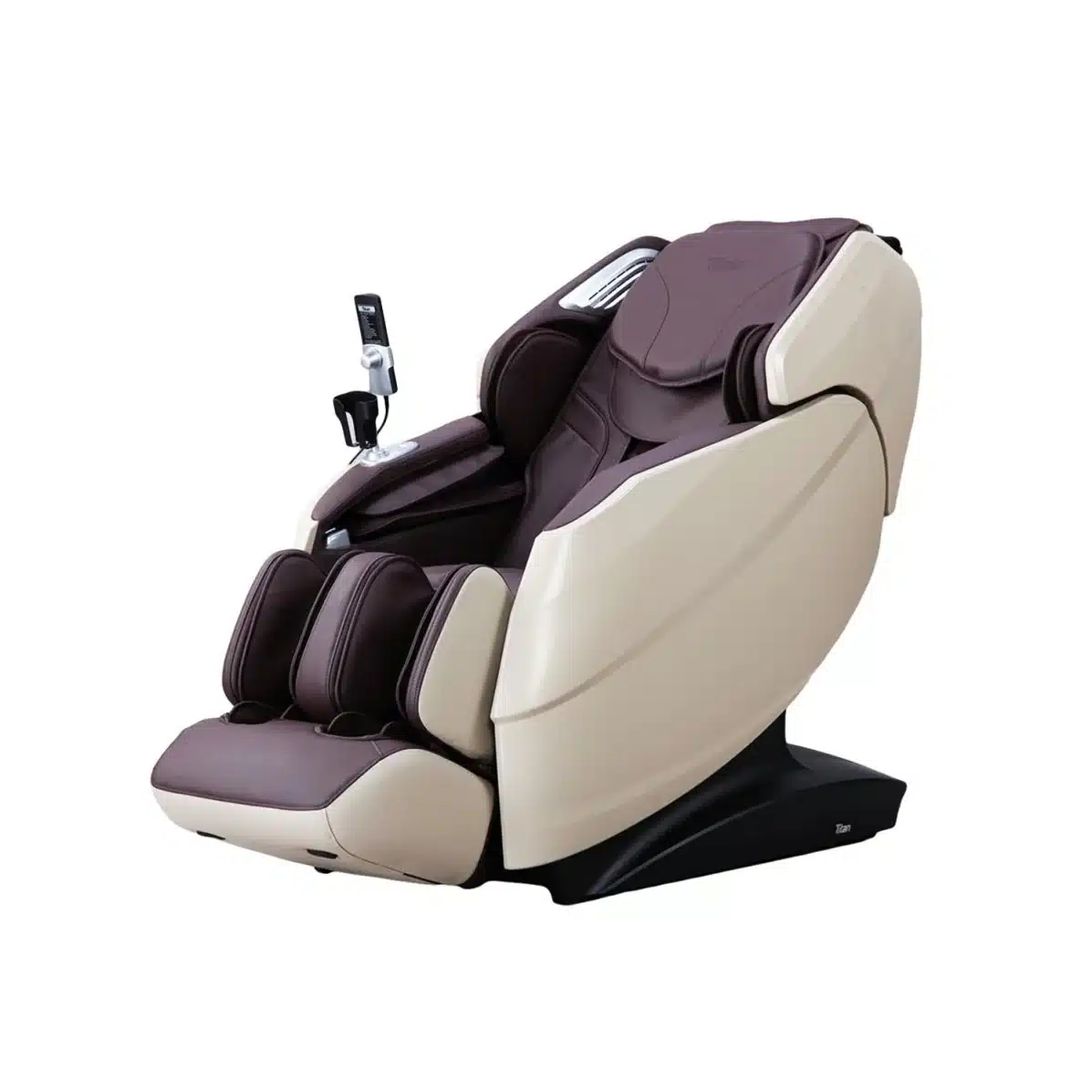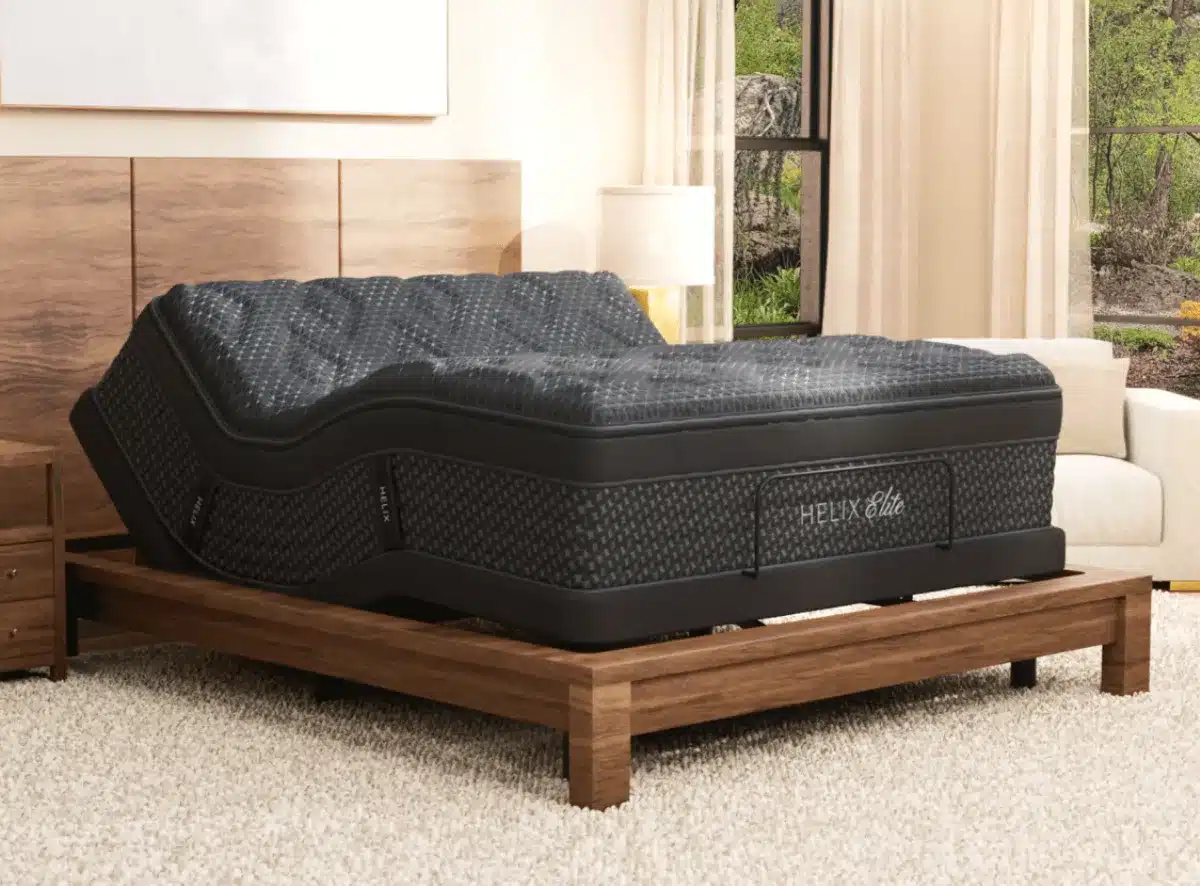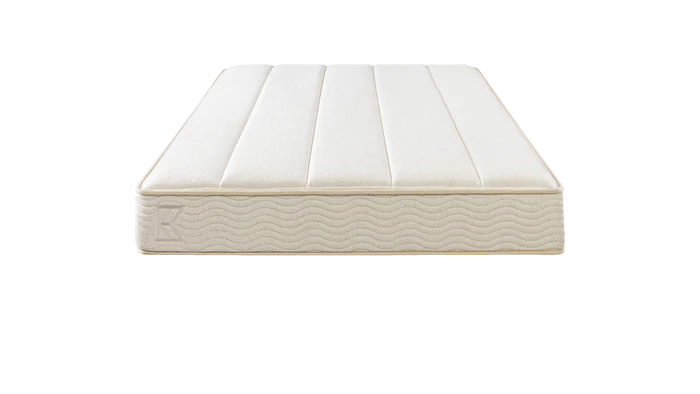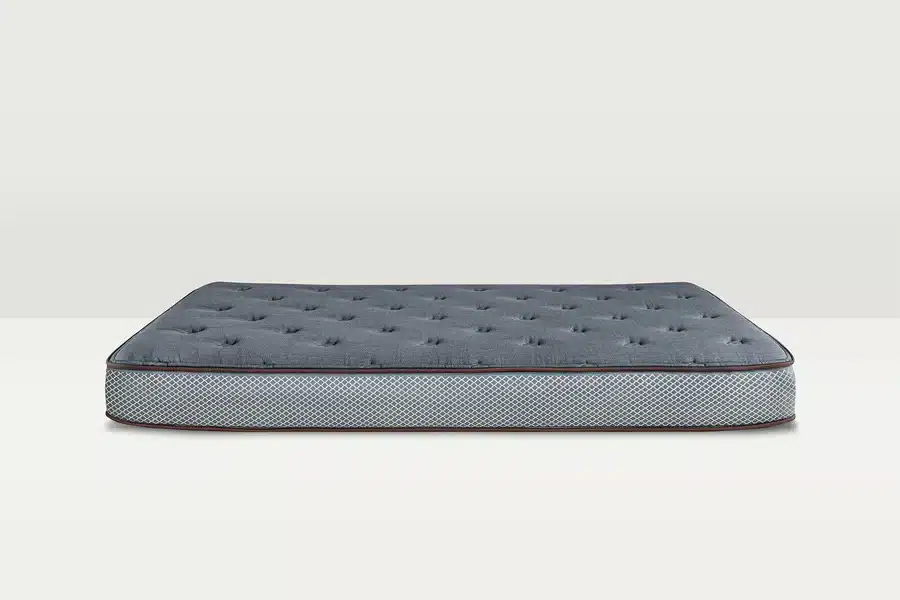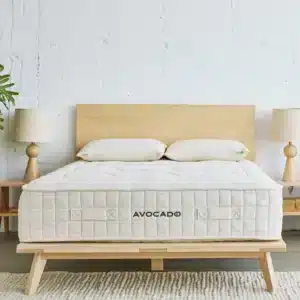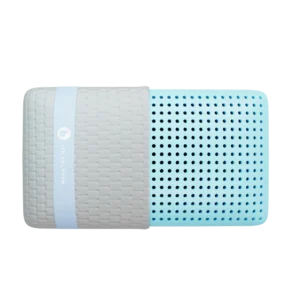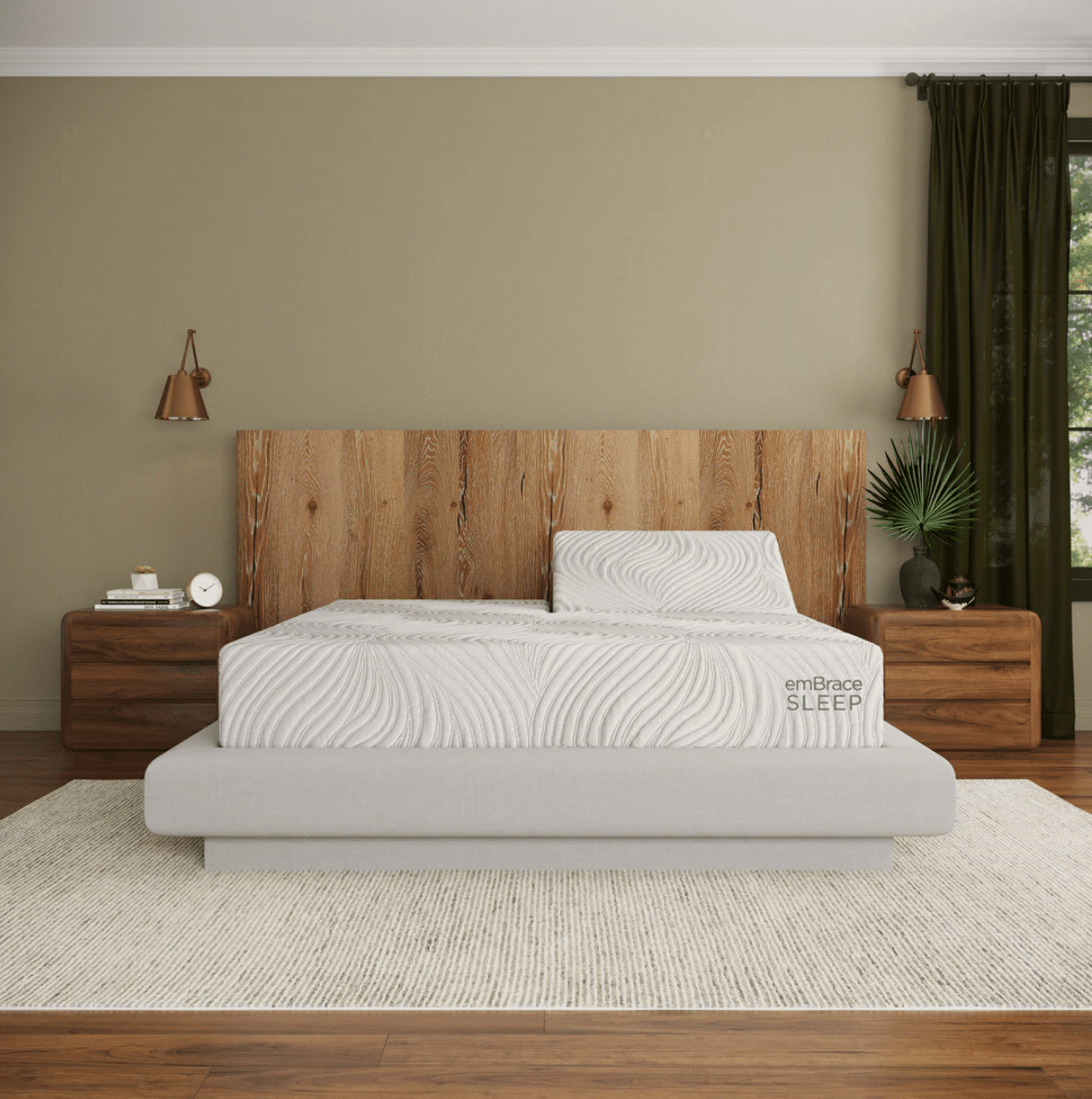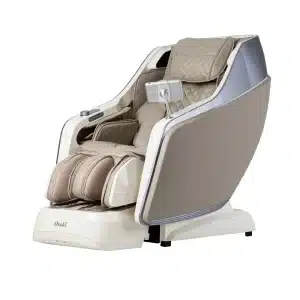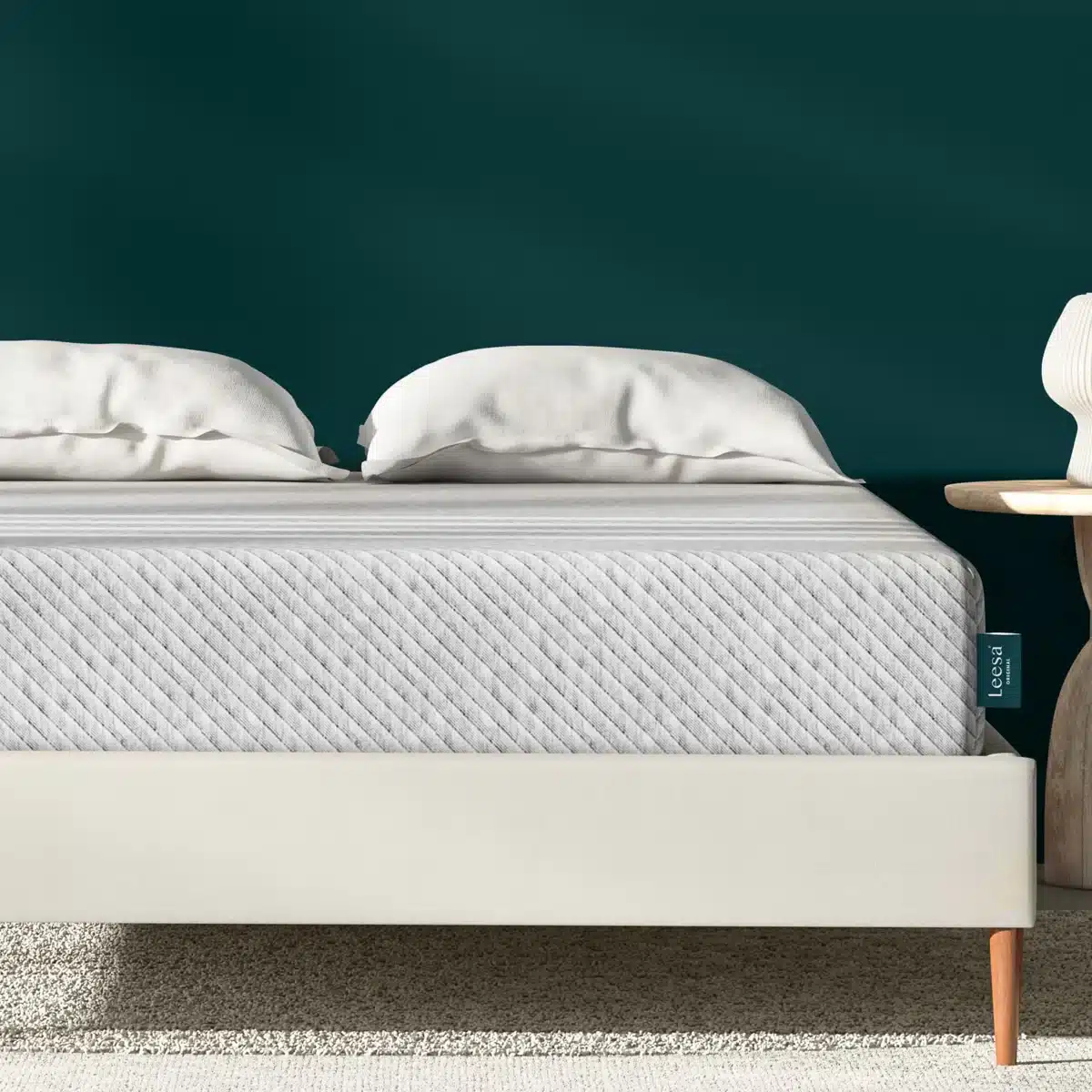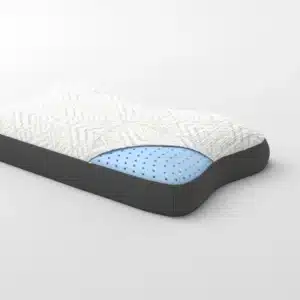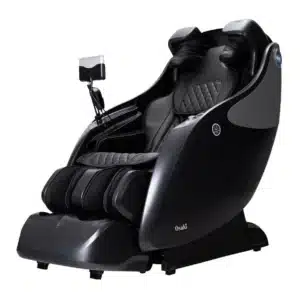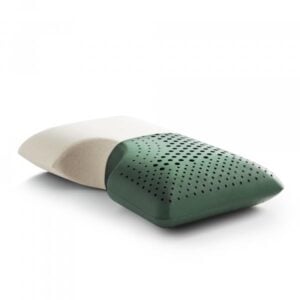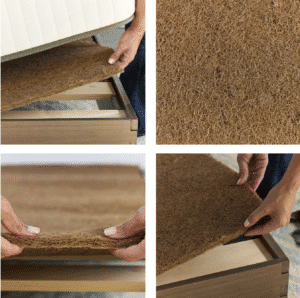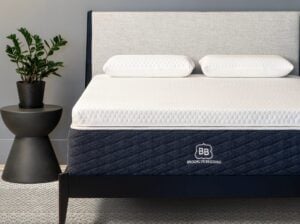All About What Happened to Waterbeds: The Rise and Decline
What Happened to Waterbeds?
Waterbeds were once considered the pinnacle of sleep luxury, peaking in popularity from the 1970s to the late 1980s, when nearly one in four mattresses sold was a waterbed. However, by the 1990s, their appeal had largely evaporated. If you’ve ever wondered what caused such a dramatic shift from fad to obscurity, the reasons can be summarized as follows:
– High Maintenance: Waterbeds demanded significant upkeep, from filling to conditioning the water.
– Risk of Leaks: A puncture could lead to significant water damage, turning a seemingly sound investment into a costly mistake.
– Heavy Weight: The substantial weight made them cumbersome to move and required robust support structures.
– Rising Competition: The emergence of memory foam and other advanced mattress technologies offered easier alternatives.
The story of waterbeds is indeed captivating, tracing back to as early as 3600 BCE with primitive water-filled goat-skin mattresses. The modern waterbed as we know it took shape in 1968, the brainchild of Charles Hall, whose innovation heralded a booming industry ready to captivate the masses. Today, however, they occupy a niche market, overshadowed by the prevalence and practicality of memory foam and hybrid mattresses. This exploration will follow waterbeds through their history, rise, and eventual decline.
The Early History of Waterbeds
Ancient Origins
While waterbeds may appear to be a modern invention, they have ancient roots. The Persians were the earliest to create water-filled mattresses made from goat skins, which they would warm under the sun. This ingenious sleeping solution laid the foundation for future advancements in sleep comfort.
Notable Innovators
– Dr. Neil Arnott (Early 1800s): A Scottish physician, Dr. Arnott developed a hydrostatic bed designed to aid hospital patients suffering from bedsores. His invention showcased the therapeutic potential of waterbeds, providing necessary relief and comfort.
– Dr. William Hooper (1853): Another pioneer, Dr. Hooper patented a therapeutic rubber mattress that could be filled with water. His design was a significant step toward the modern waterbed we know today, emphasizing health benefits for users.
– Robert Heinlein (Mid-20th Century): The renowned science fiction author popularized waterbeds in his novels, drawing from his experience as a bedridden patient. His visionary designs included sturdy frames and temperature controls, adding a layer of desirability to the concept of sleeping on water.
The Invention of the Modern Waterbed
The evolution of waterbeds took a revolutionary turn in 1968 when Charles Hall, an industrial design student, introduced a water-filled vinyl mattress during his master’s thesis project. This prototype deviated from traditional spring or foam beds, offering something fresh and innovative.
Patent and Commercialization
In 1970, Hall secured Patent US3585356A for his Liquid Support for Human Bodies, allowing a person to be floatably supported by the liquid. To commercialize his invention, Hall founded Innerspace Environments, which produced waterbeds quickly gaining traction among consumers, even finding favor with famous personalities like the band Jefferson Airplane.
The Rise of Waterbeds
Counterculture Symbol of the 1960s
By the 1960s, amidst a broader cultural shift towards nonconformity, waterbeds began to gain traction, being embraced as symbols of freedom and individuality. Traditional dead beds were now seen as relics of a bygone era.
Mainstream Popularity in the 1970s
The 1970s saw waterbeds transition from a counterculture icon to a mainstream favorite, marketed as the epitome of comfort and luxury. Advertisements promised better sleep quality and elevated experiences, with some even suggesting, “Two things are better on a waterbed.”
Marketing Strategies and Cultural Impact
Innovative marketing campaigns targeted various demographics, using playful names like Wet Dream and Joyapeutic Aqua Beds. Specialty stores dedicated to waterbeds flourished, coinciding with endorsements from luminaries like Hugh Hefner, whose lavish lifestyle made waterbeds synonymous with luxury.
The Peak of Waterbed Popularity
The 1980s marked the zenith of waterbed sales, with these mattresses constituting 22% of the U.S. mattress market by 1987, drawing in an impressive $2 billion in revenue.
Health Benefits and Novelty
Manufacturers highlighted waterbeds’ unique health advantages: a dust-free environment ideal for allergy sufferers, relief for back pain through even weight distribution, and temperature controls to enhance comfort further. Novel designs such as bunk beds and themed waterbeds catered to a diverse audience, making waterbeds a status symbol.
What Happened to Waterbeds?
The decline of waterbeds was as swift as their rise. Factors contributing to this downturn include:
High Maintenance and Weight Concerns
Waterbeds required intensive upkeep, challenging both new owners and seasoned users. Filling a massive mattress was cumbersome and often led to leaks or damage. The immense weight also posed practical issues, straining floors and making transportation a nightmare.
Competition from New Mattress Technologies
As we entered the 1990s, more consumer-friendly options such as memory foam emerged, offering similar comfort without the burdens associated with waterbeds. Memory foam quickly gained popularity for its convenience and support, making waterbeds seem outdated.
The Modern State of Waterbeds
Despite their decline in mainstream markets, modern waterbeds have adapted to contemporary needs. Innovations have helped address some of the drawbacks of their predecessors, creating viable alternatives for those seeking unique sleep solutions.
Enhanced Features
Modern waterbeds boast improved lumbar support and wave reduction systems, ensuring enhanced comfort and a more stable sleeping environment. The latest models, known as airframe waterbeds, incorporate a firm frame around a water-filled core, offering robust support and easy integration into traditional bed setups.
Temperature Control
The allure of temperature control remains a standout feature, allowing users to customize their sleep environments for optimal comfort. This adaptability appeals to consumers in diverse climates.
Conclusion
At Yawnder, we believe in providing tailored sleep solutions to meet individual preferences. Although waterbeds may no longer dominate the market, they still offer unique advantages for specific sleepers. Today’s modern innovations make waterbeds an appealing choice for those seeking comfort and support. The mattress market continues to evolve, and waterbeds, despite their humble niche, still offer valuable insights into achieving better sleep, blending vintage charm with contemporary features. For those curious about discovering the perfect sleep setup, visit us at Yawnder, where innovative sleep technologies await.


